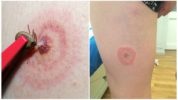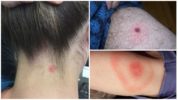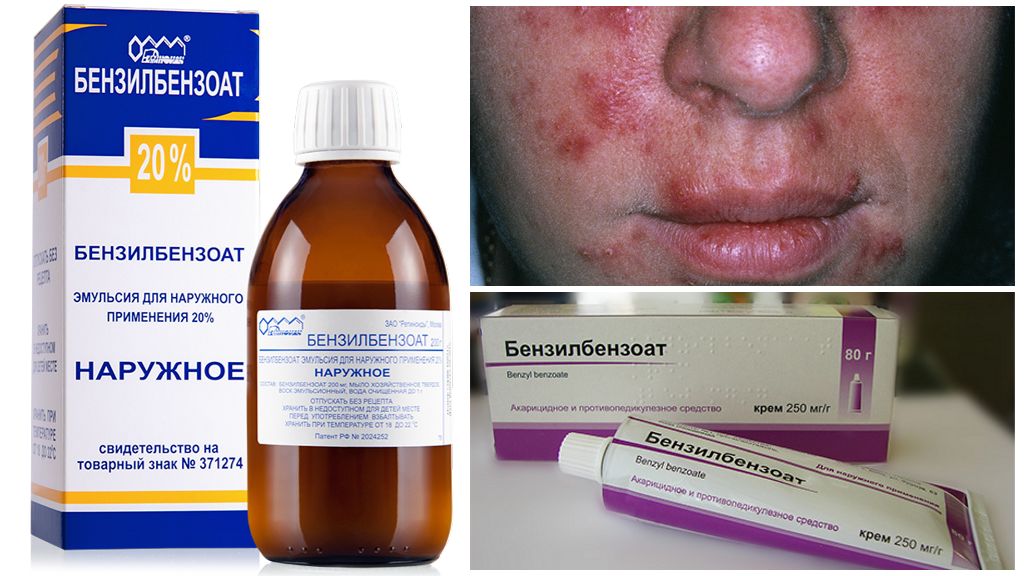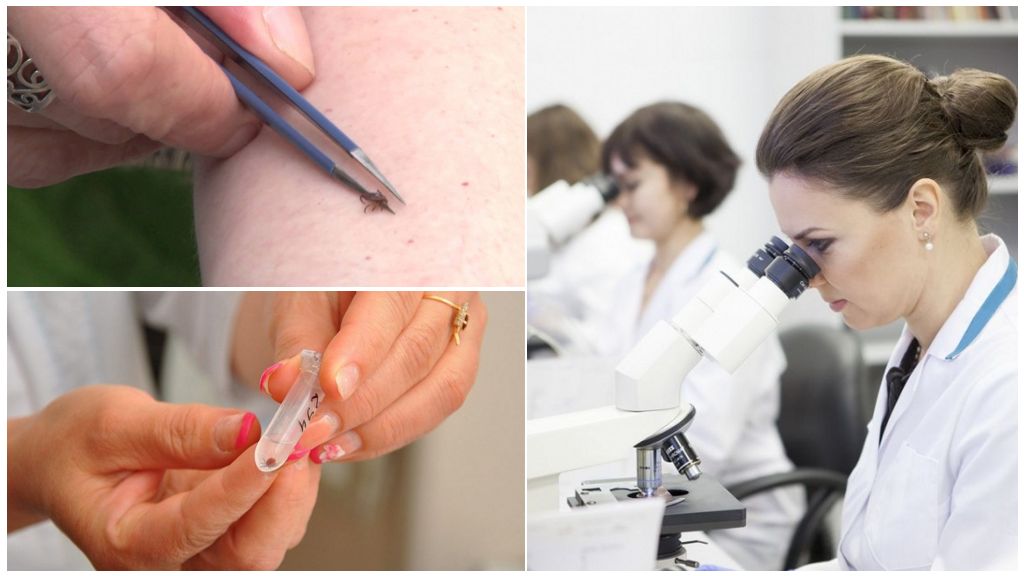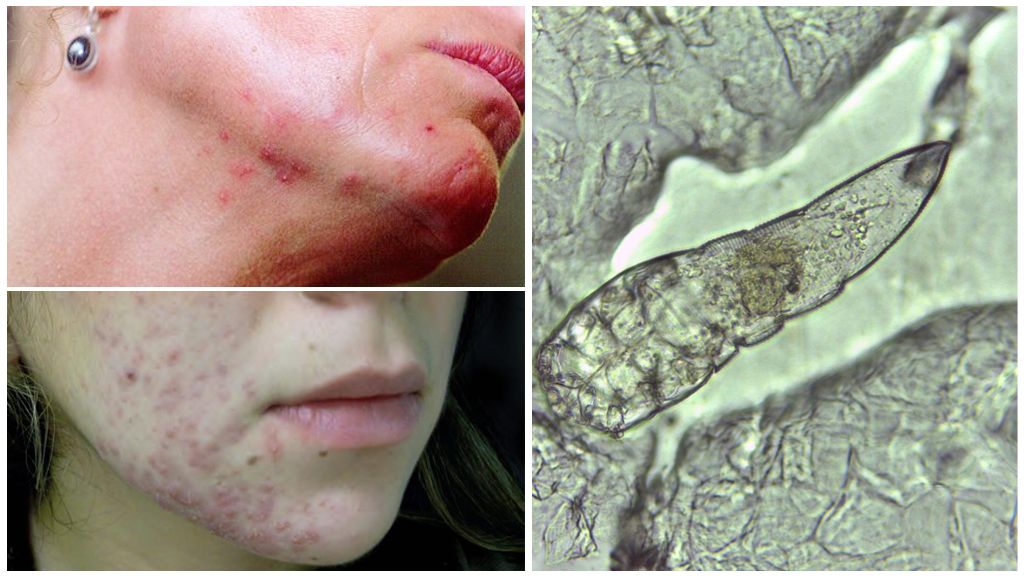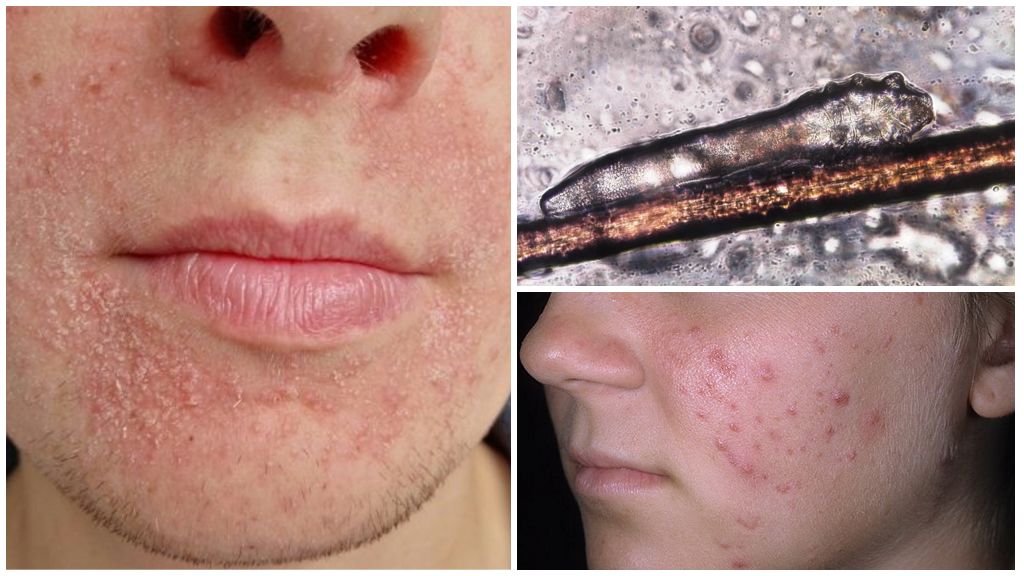- Tick Borreliosis
- Tick Borreliosis
Carriers borreliosis in vivo are animals, in most cases rodents. The carriers of infection are ixodid ticks. Infection of people occurs through bites. The disease is dangerous with serious consequences, so the question often arises of how borreliosis is transmitted from person to person.
Infection process
Borrelia is found in saliva tick. It gets into the wound during a bite. The likelihood of human infection increases with prolonged suction of the parasite, improper tick extraction. The first manifestations of Lyme disease appear on average after 14 days.
Until that time, borrelia from the wound penetrate into the bloodstream, spread throughout the body, affect the circulatory system, muscles, brain, nervous system. After 14 days, the causative agents of the infection begin to die, in the process a substance is released that causes severe symptoms of intoxication. The first signs of the disease appear.
The clinical picture in each case may differ. You need to pay attention to the following points:
- Eczema appears at the site of the bite, reaching up to 60 cm in diameter. After 2-3 days, there is a deterioration in well-being.
- Symptoms of borreliosis after a tick bite are similar to flu. A person’s body temperature rises sharply, muscle aches, weakness, photophobia, nausea, vomiting, coughing, etc.
- The condition is normalized independently, even without special antibiotic treatment within 10-14 days. Further, the situation with borreliosis develops according to the following scenario - immunity is developed, Borrelia dies, the person recovers, or the infection continues to progress.
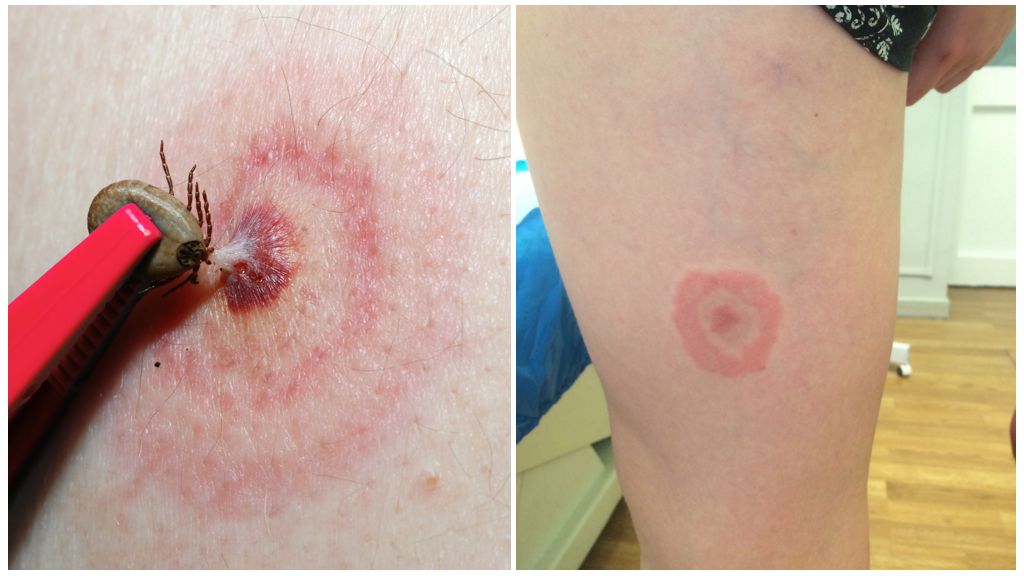
On a note!
The following manifestations of tick-borne borreliosis appear after 14-30 days. The clinical picture is pronounced, the symptoms are more severe. The work of muscles, the nervous system, and the brain is disrupted. The most serious consequences: paralysis, paresis, disability, loss of vision, hearing, death.
Infection pathways
To find out if borreliosis is contagious, you need to study the transmission of the infection. The most common - through tick bites. The natural reservoir of Borrelia is wild, domestic animals: goats, cows, dogs.
The main transmission routes of borreliosis:
- through the saliva of an infectious tick;
- the introduction of microorganisms into the wound with scratching at the site of the bite;
- when crushing a parasite in the process of improper extraction.
On a note!
Rarely, an alimentary route of transmission occurs - through the use of unboiled milk of goats and cows. Cows are more susceptible to carriage.
Is it possible to get infected from a patient
Symptoms of borreliosis after a tick bite resemble signs of flu. The question naturally arises whether it is possible to get sick by contacting the patient. Experts say that borreliosis is not transmitted from person to person, the disease is not dangerous to others. It is not possible to catch an infection through sexual contact.
The situation is explained by the fact that the causative agents of infection - Borrelia, are found in human blood, tissues, are not contained in excrement, are not released into the air when coughing, sneezing. Direct exposure to infected people does not pose a threat to the health of others.Treatment is carried out with antibacterial drugs, anti-toxic agents, immunostimulants.
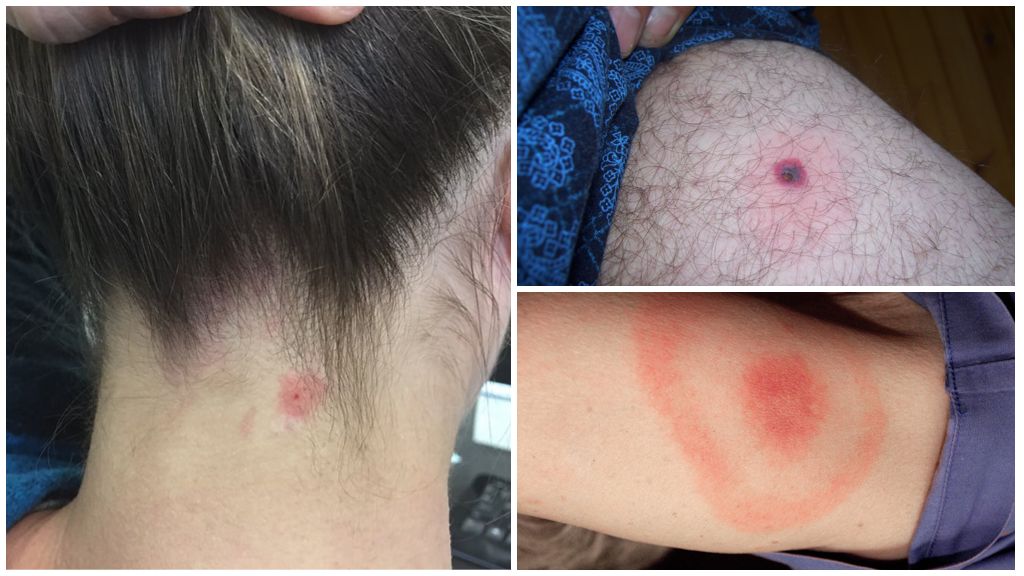
An extremely rare route of infection is through breast milk, the placenta during pregnancy. The probability of borreliosis is 1% of all cases. However, during the acute clinical picture, intensive care, a woman needs to stop feeding. Antibiotics negatively affect the well-being of the infant. During pregnancy, treatment is carried out under the strict supervision of specialists.
On a note!
It is impossible to determine in advance whether the fetus has been infected or not. In the case of a positive trend, the fetus develops pathologies associated with muscle tissue, the central nervous system, and the brain.
Borreliosis Prevention
There are no specific methods for preventing infection. Lyme Disease Vaccines does not exist. Personal caution should be followed. repellents, wear appropriate clothing in the forest, inspect the body every 2 hours while in the wild.
To prevent the mass spread of ixodid ticks, pest control is carried out. Use insect acaricidal preparationswhich lasts 60 days. Terrain processing spend independently or attract specialists. Carry out site deratization, since the main carriers of borreliosis are rodents - mice, rats.
Specials are on sale. mite protective suits. On the surface there are pockets that interfere with the movement of ticks, as well as areas with insecticide-soaked tissue. Ticks fall before they reach human skin.
